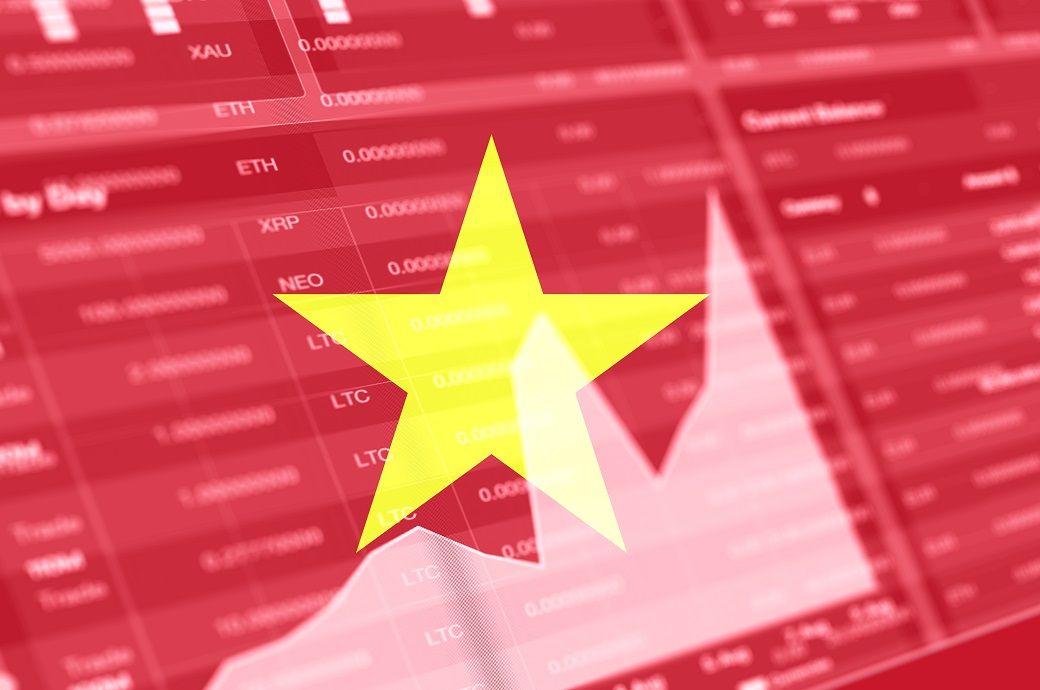
The rating also reflects a sounder fiscal footing backed by contained borrowing costs, a conservative approach to fiscal policy and improved government liquidity, driven by the ongoing transition from external concessional borrowing toward longer-dated, low-cost domestic market financing, according to a press release by Moody’s.
The stable outlook reflects a balance of risks to the rating. On the positive front, Moody's expects continued improvements in economic competitiveness to support rising incomes and advancements in fiscal prudence demonstrated through the execution of a more systematic, long-term debt management strategy and an increasing emphasis in fiscal policy on long-term challenges, including improving worker productivity and mitigating against physical climate risks.
On the downside, the relatively low capitalisation levels of state-owned banks coupled with high domestic credit growth and potential risks from the real estate sector pose risks to the real economy in the event of a shock. Uncertainties relating to regional and global geopolitical tensions, higher imported input prices and uncertain growth prospects in Vietnam's key trading partners may also pose limits to external surpluses for Vietnam's trade-reliant economy, added the release.
Concurrent to Moody’s action, Vietnam's local- and foreign-currency ceilings are raised by one notch to Baa2 from Baa3 and Ba1 from Ba2, respectively. The Baa2 local currency ceiling, three notches above the sovereign rating, reflects relatively opaque government decision-making and the significant, though shrinking, government footprint in the economy, balanced by moderate political risks and low external imbalances. The foreign currency ceiling at Ba1, two notches below the local-currency ceiling, reflects existing constraints to capital flows that point to possible transfer and convertibility restrictions being imposed at times of perceived need.
Fibre2Fashion News Desk (NB)